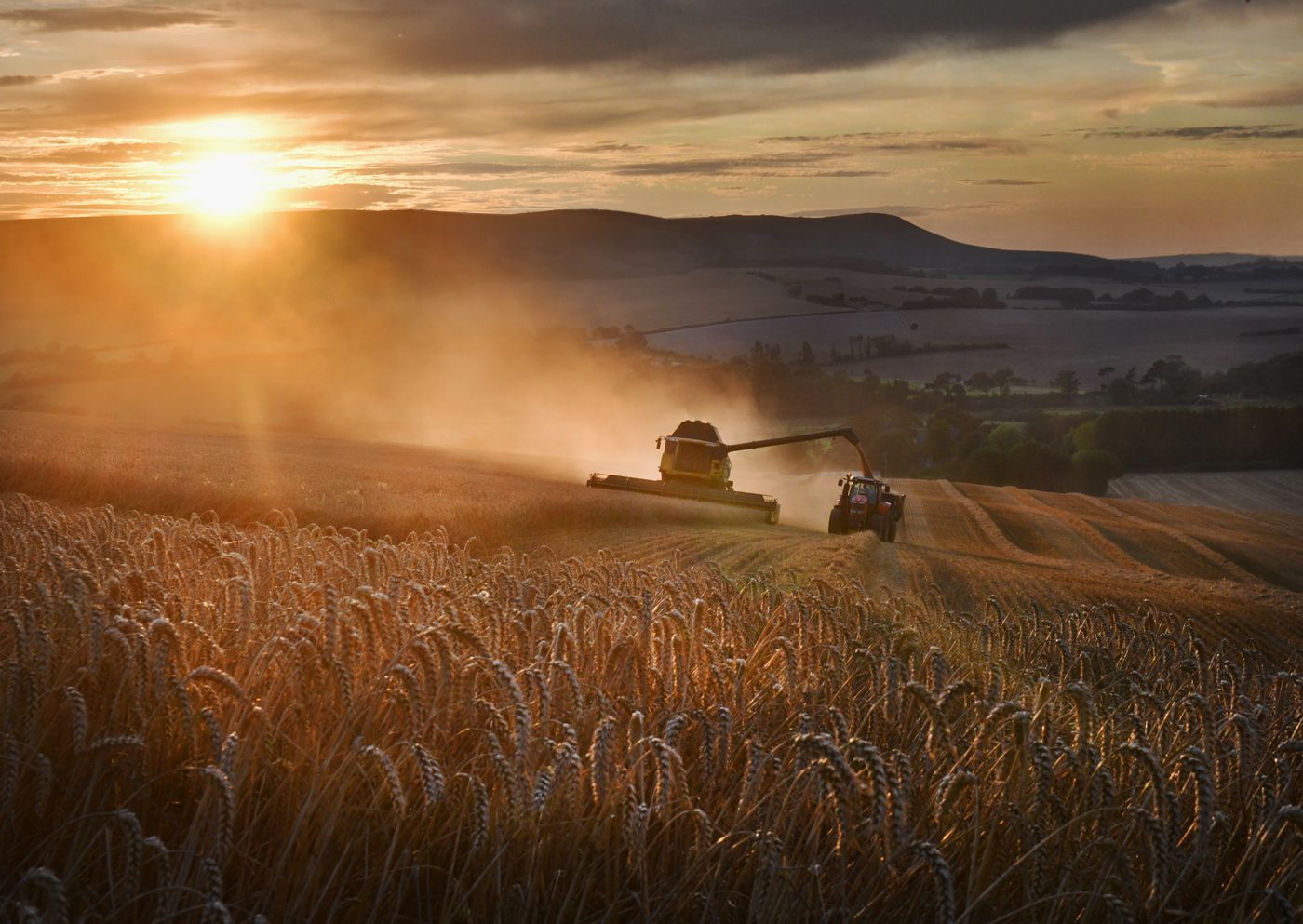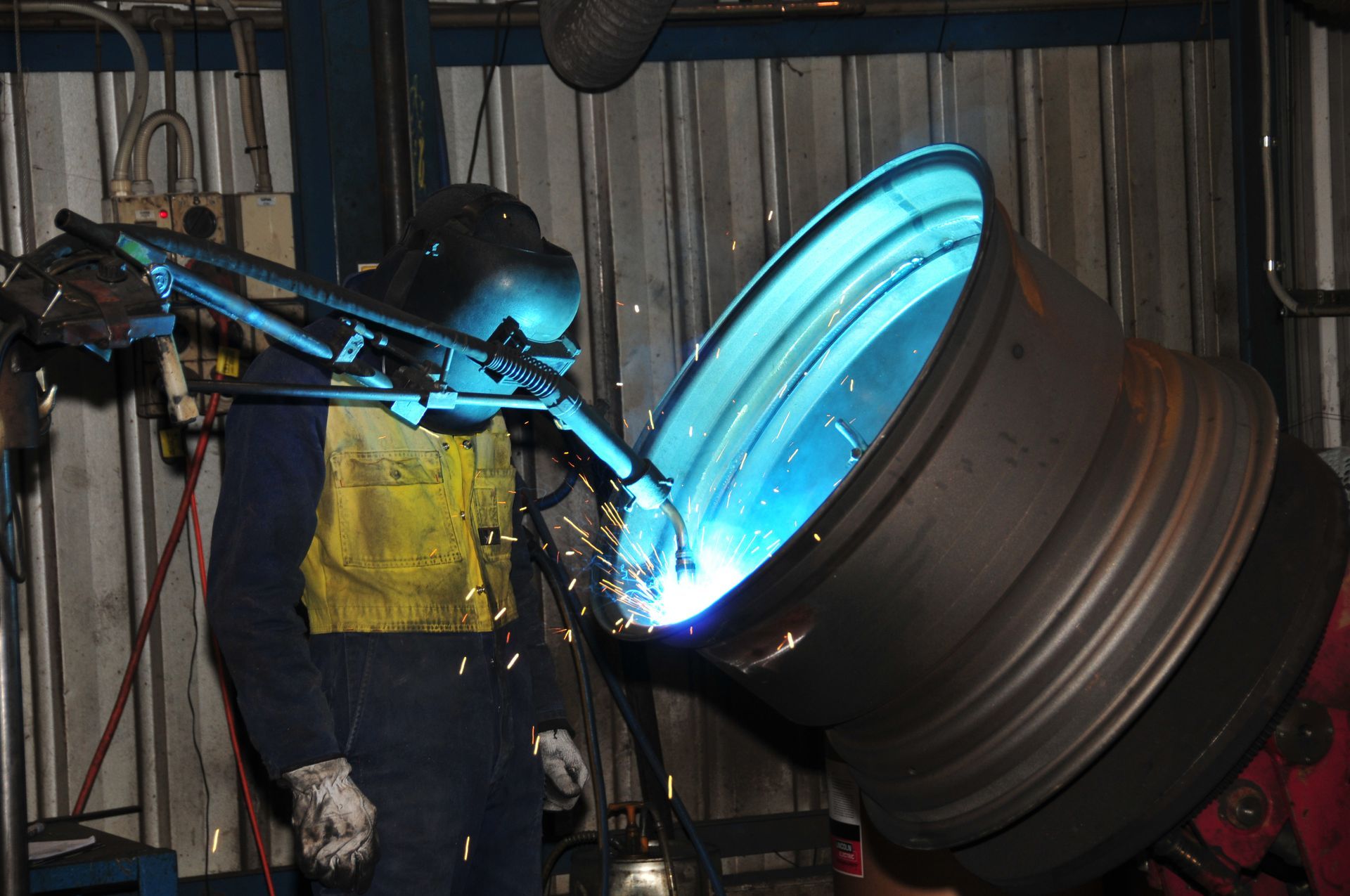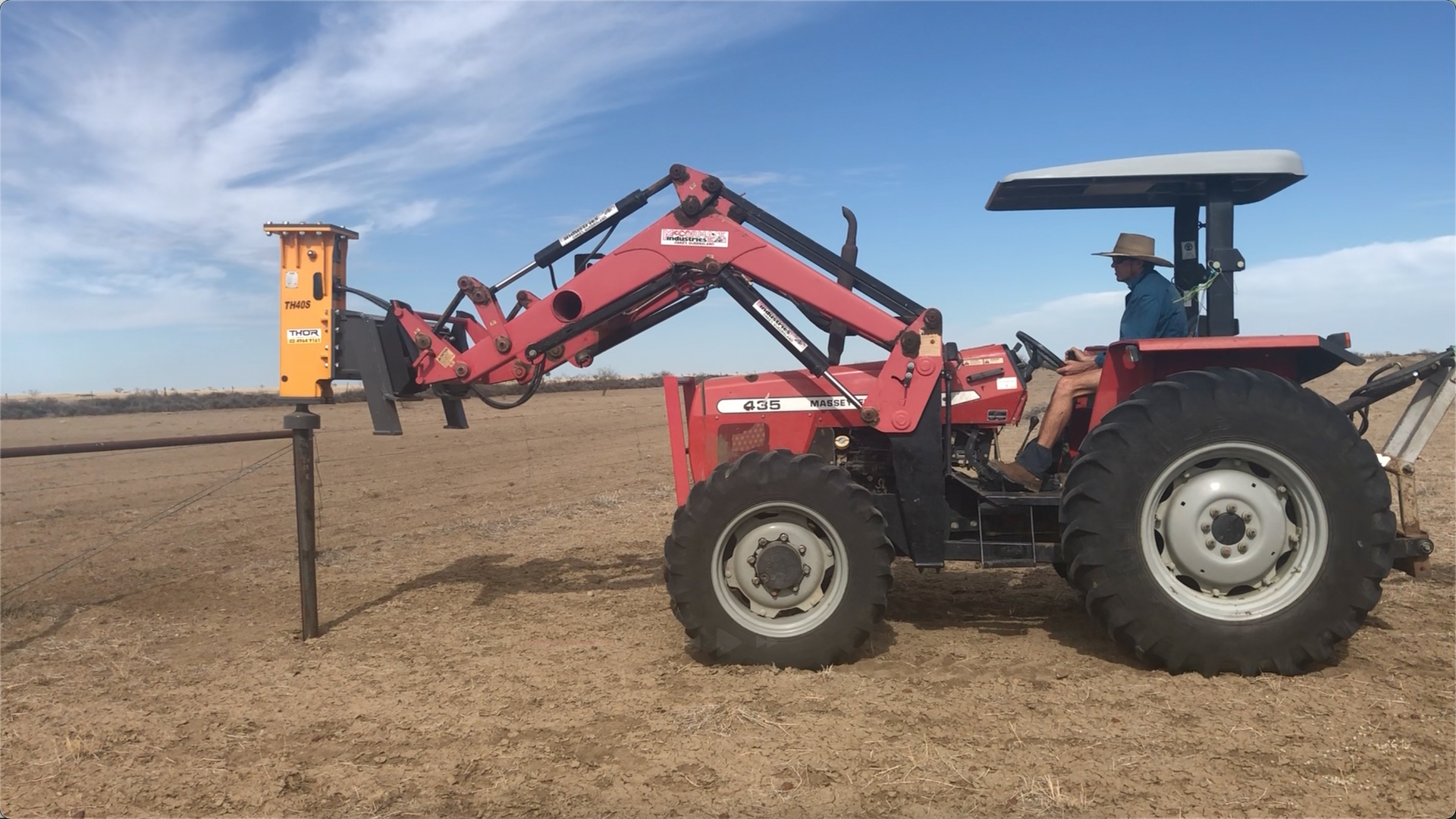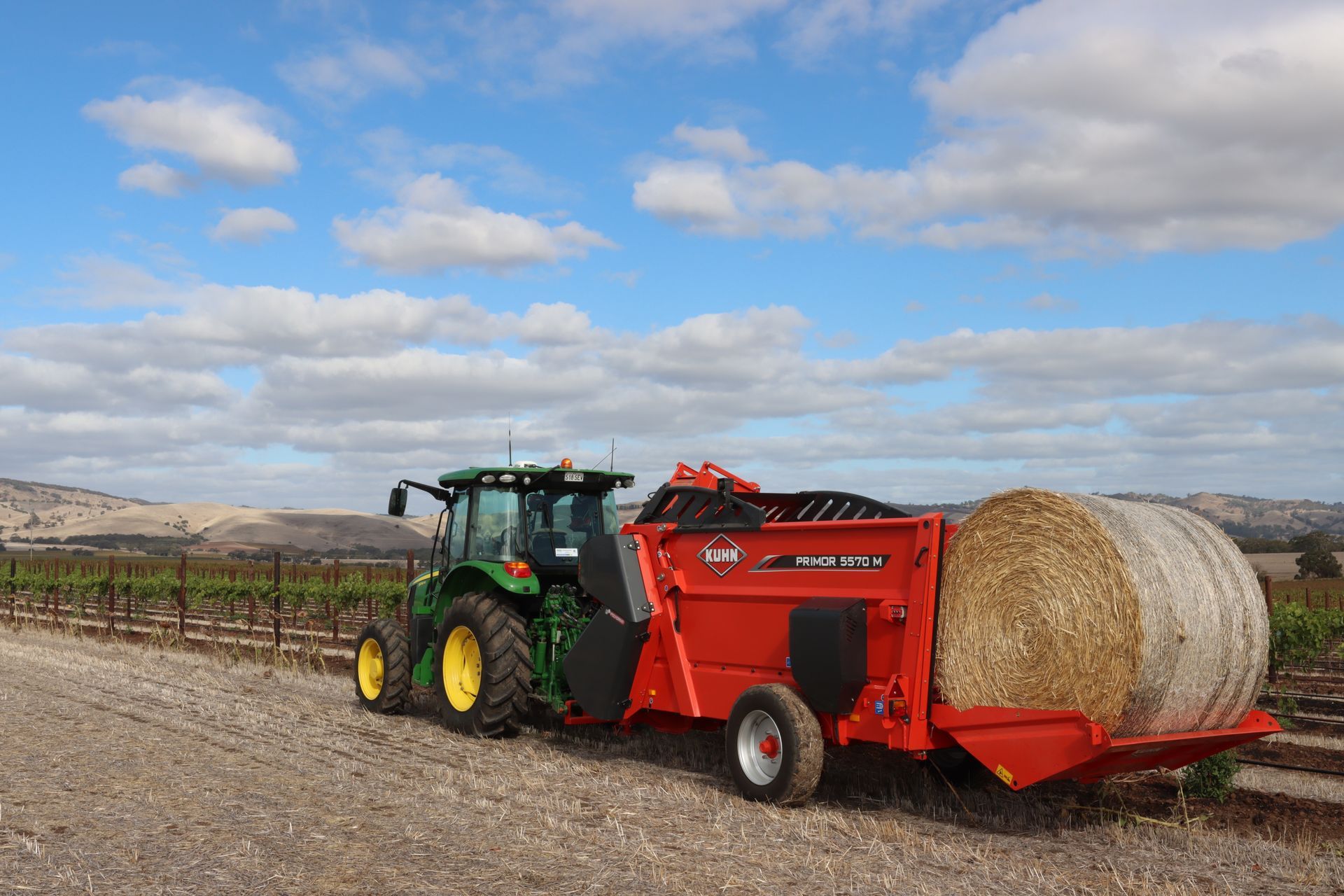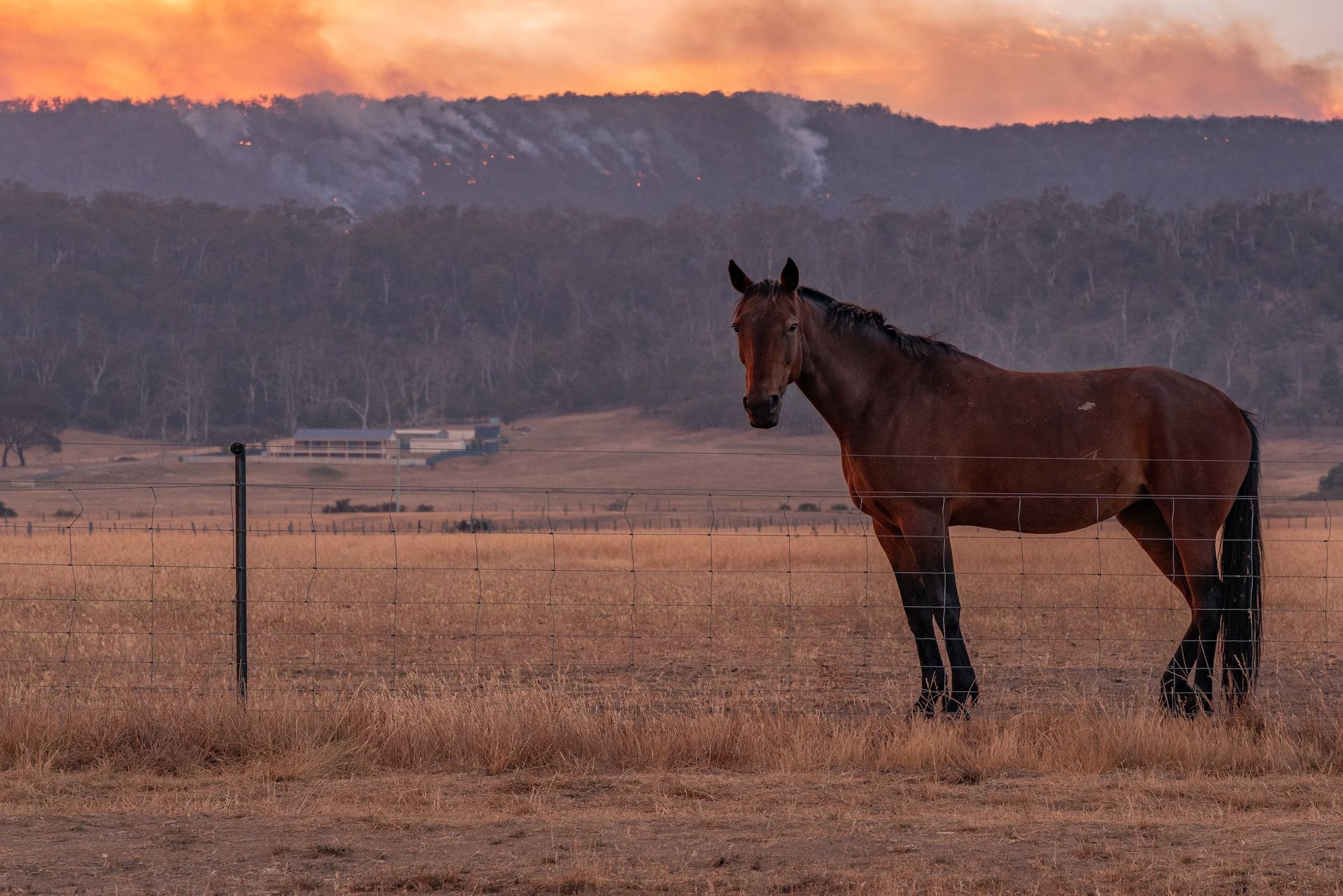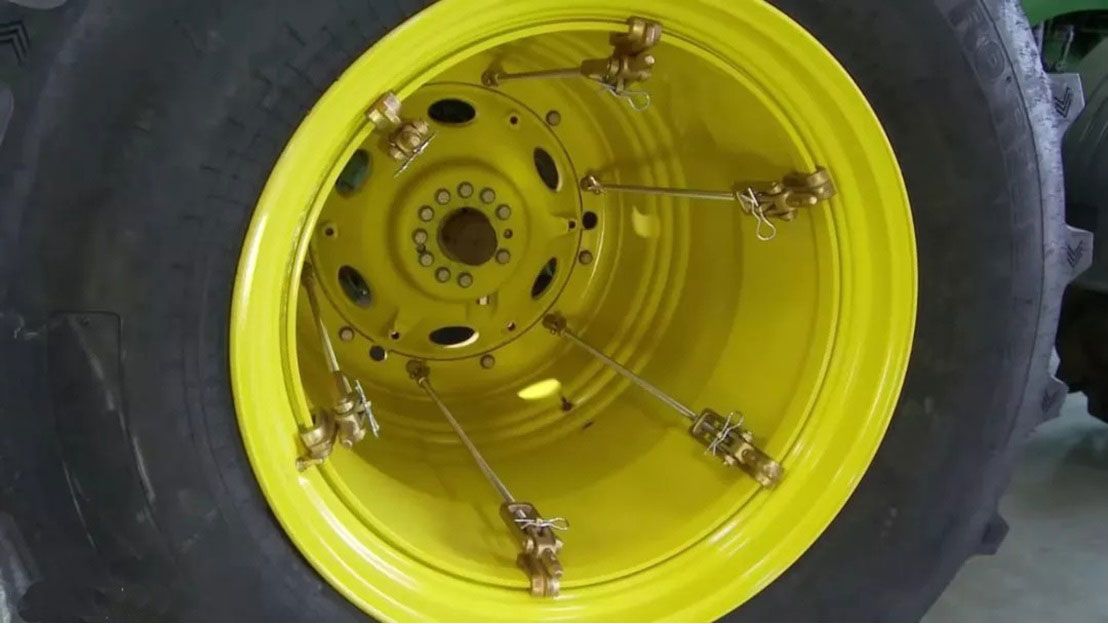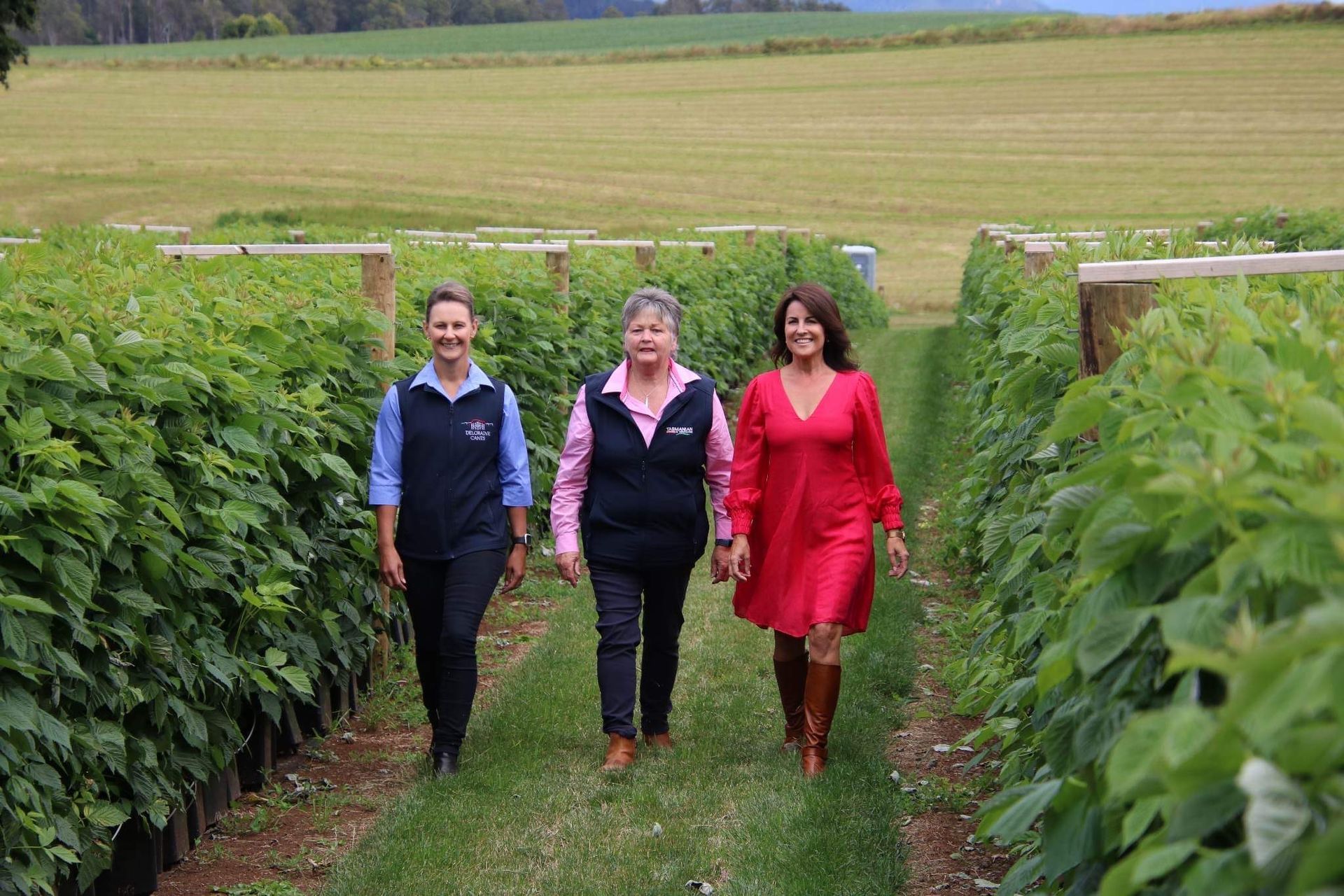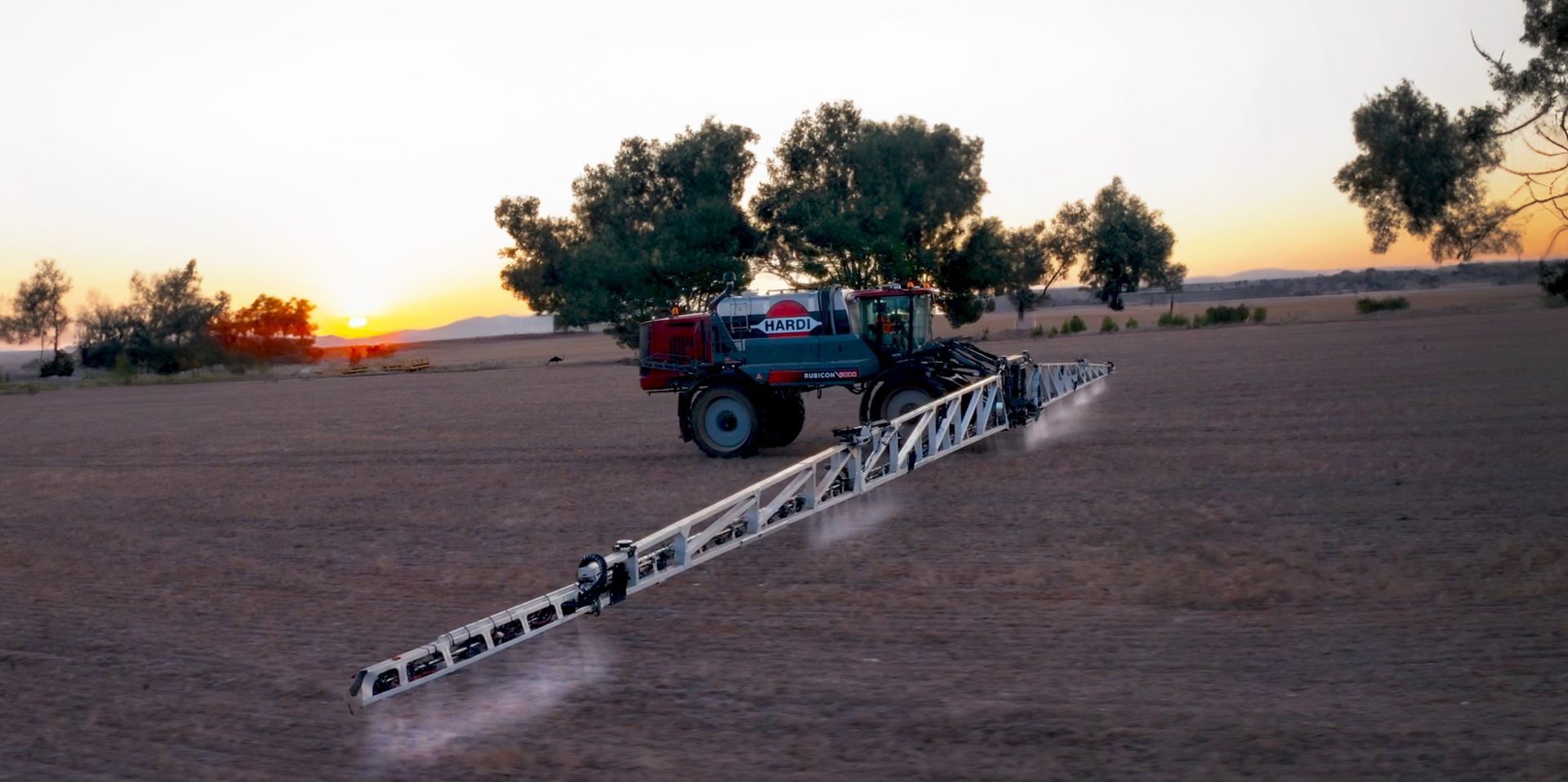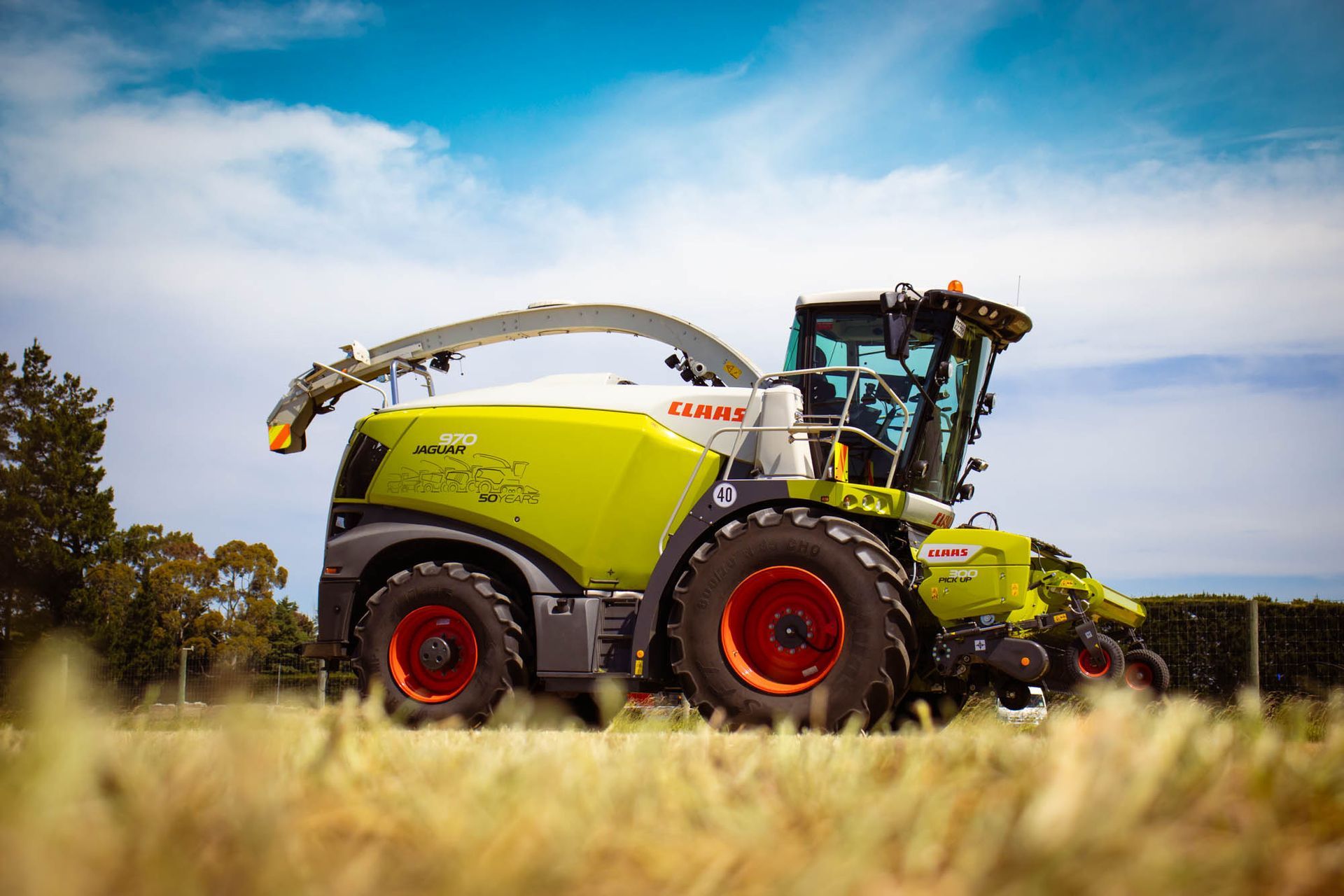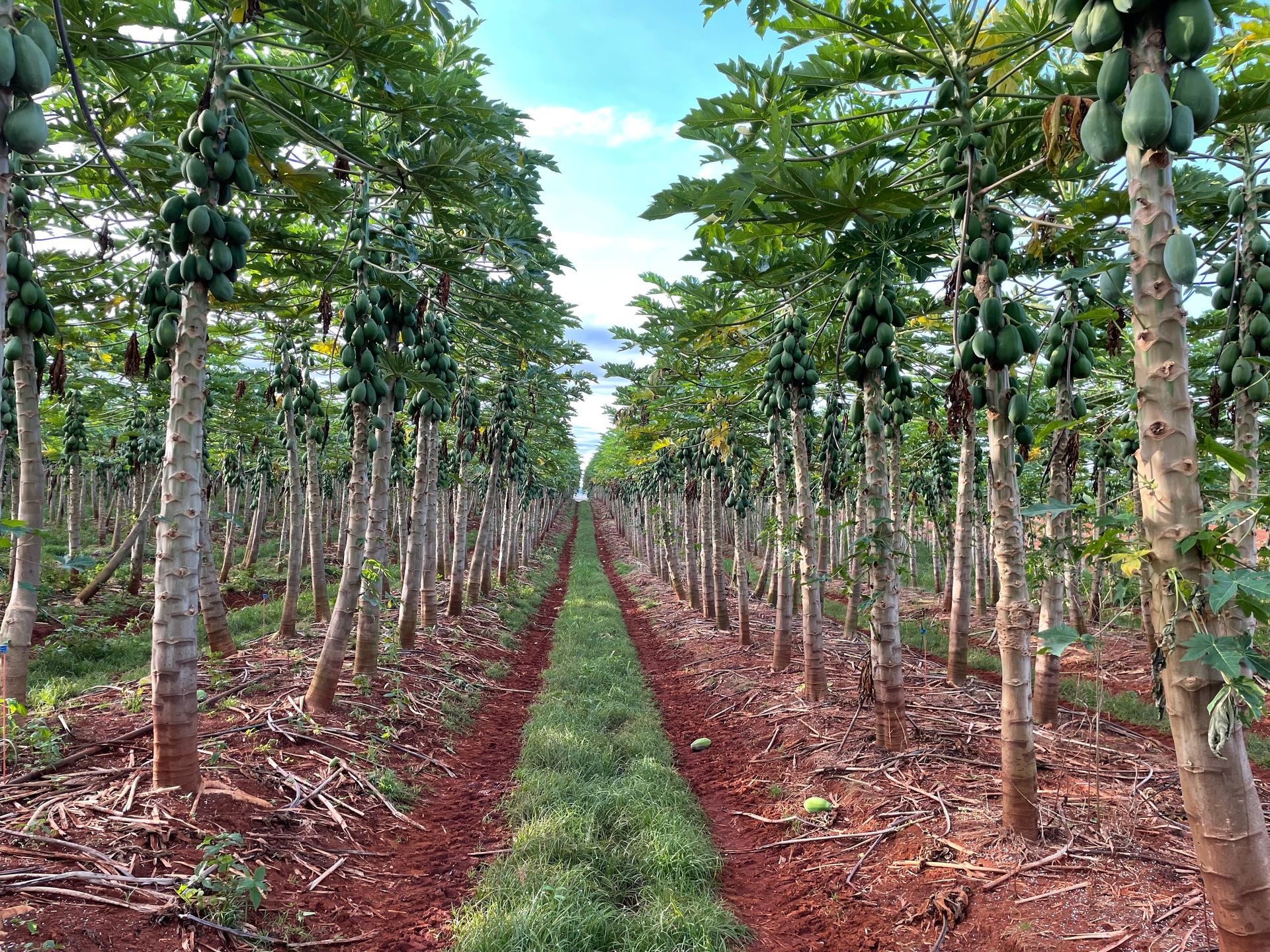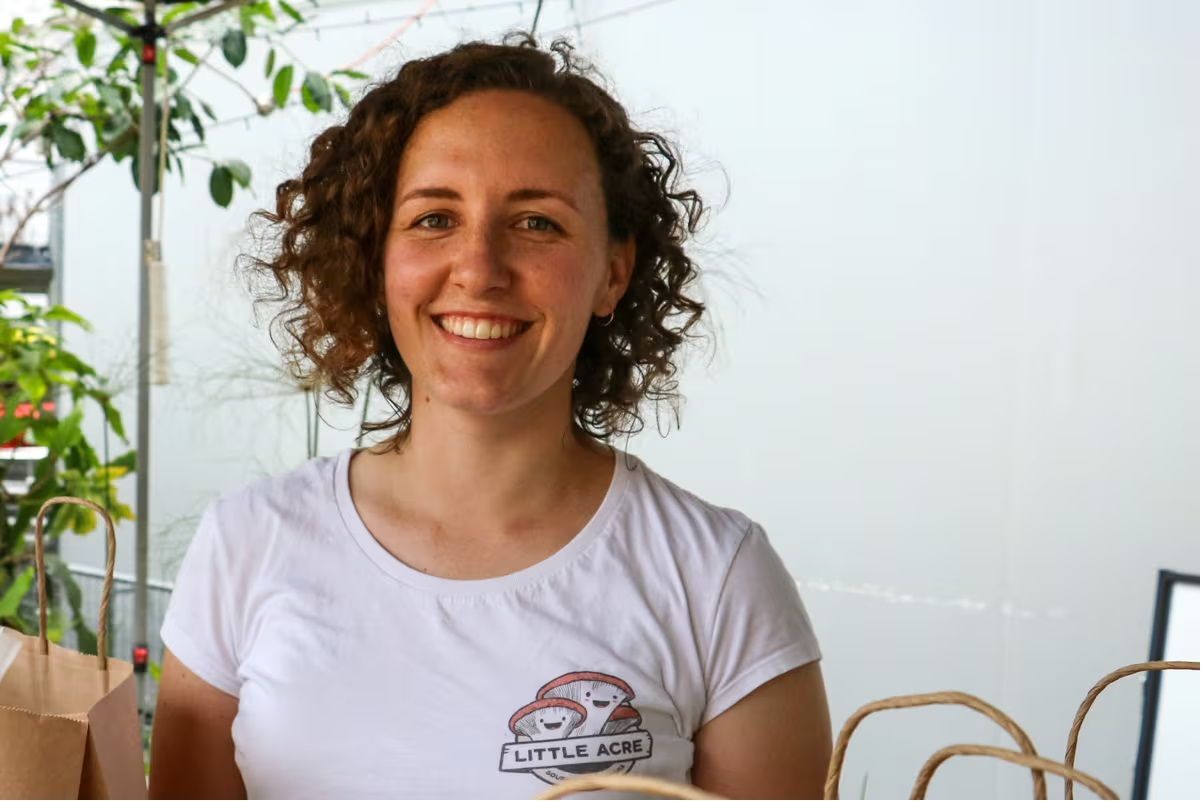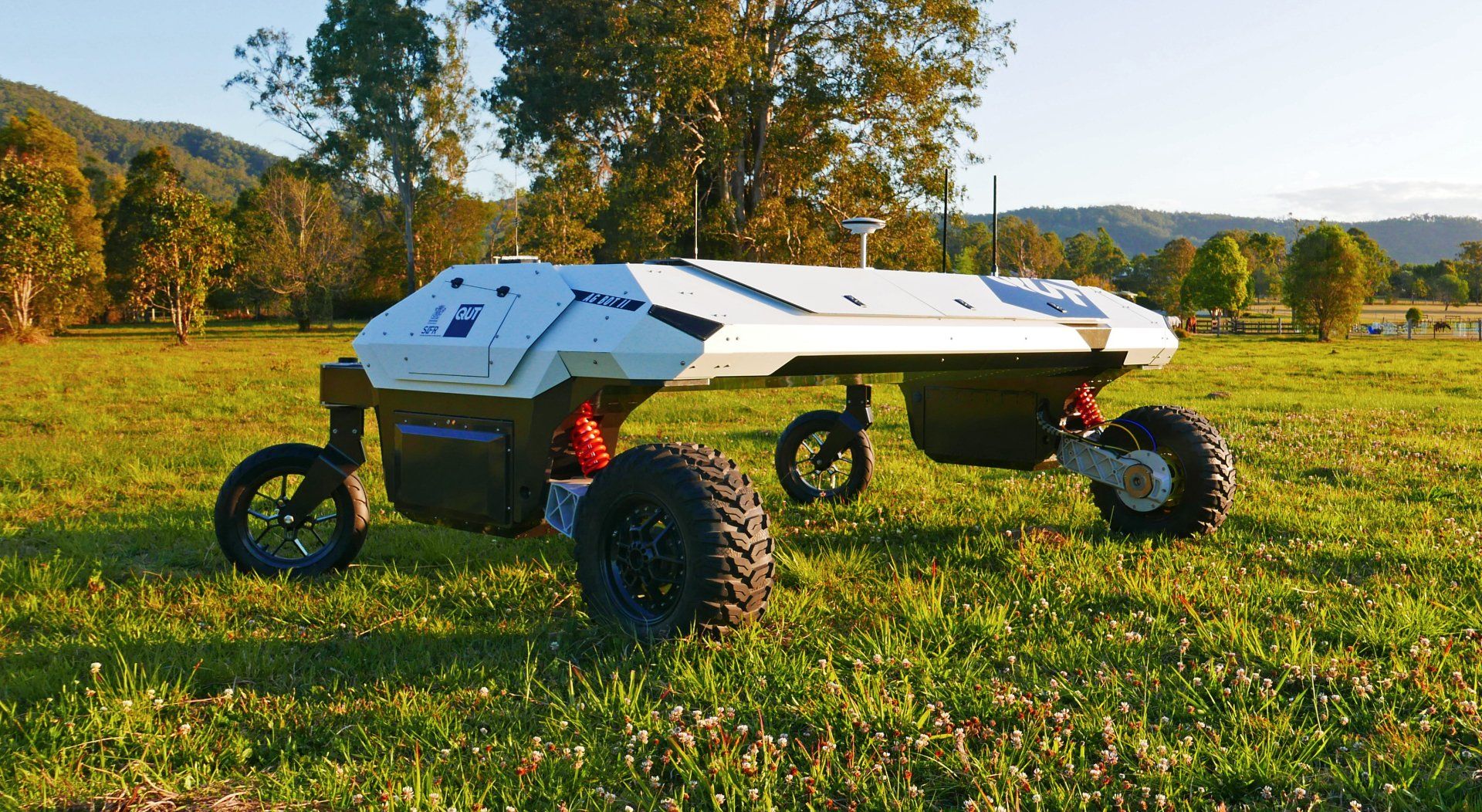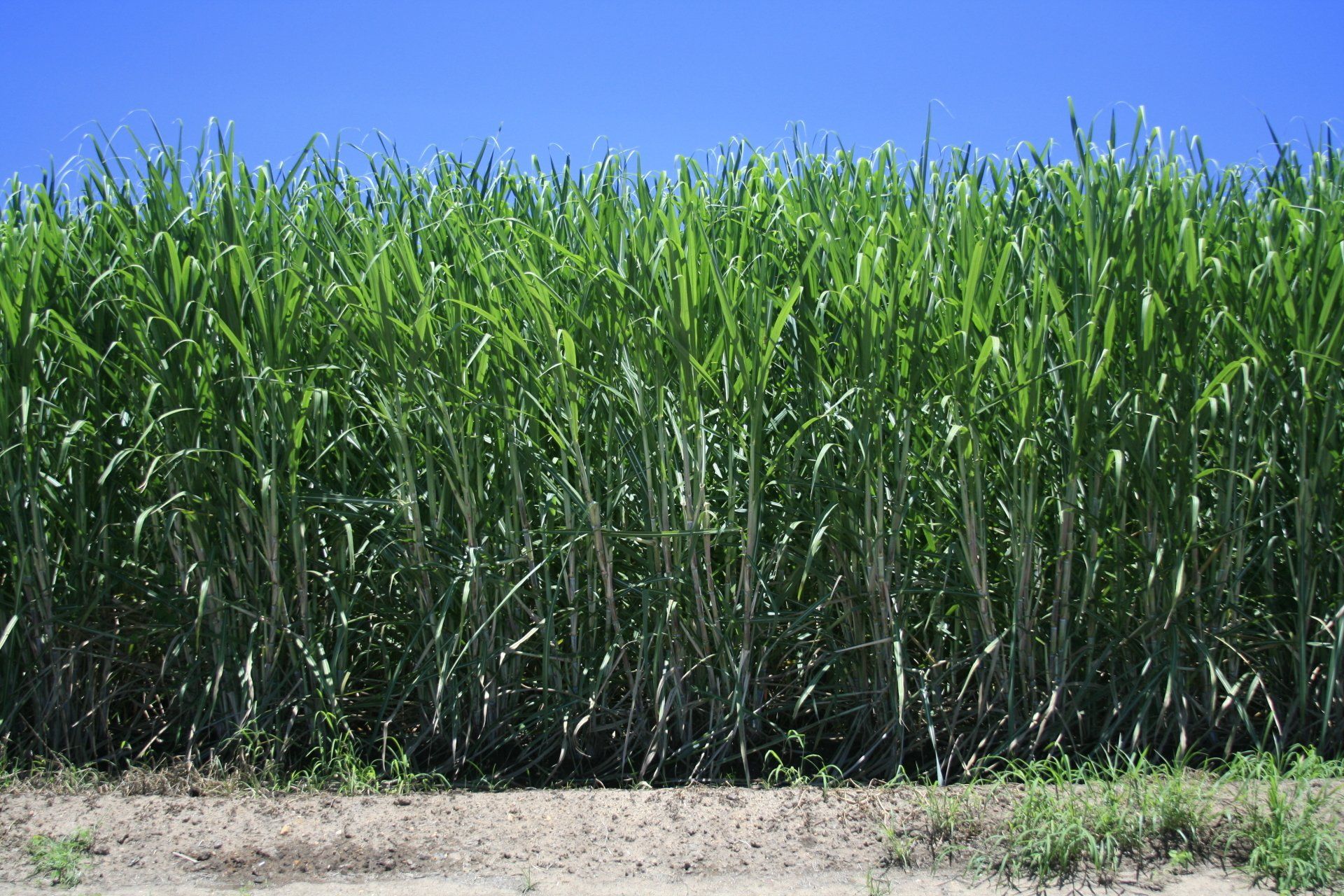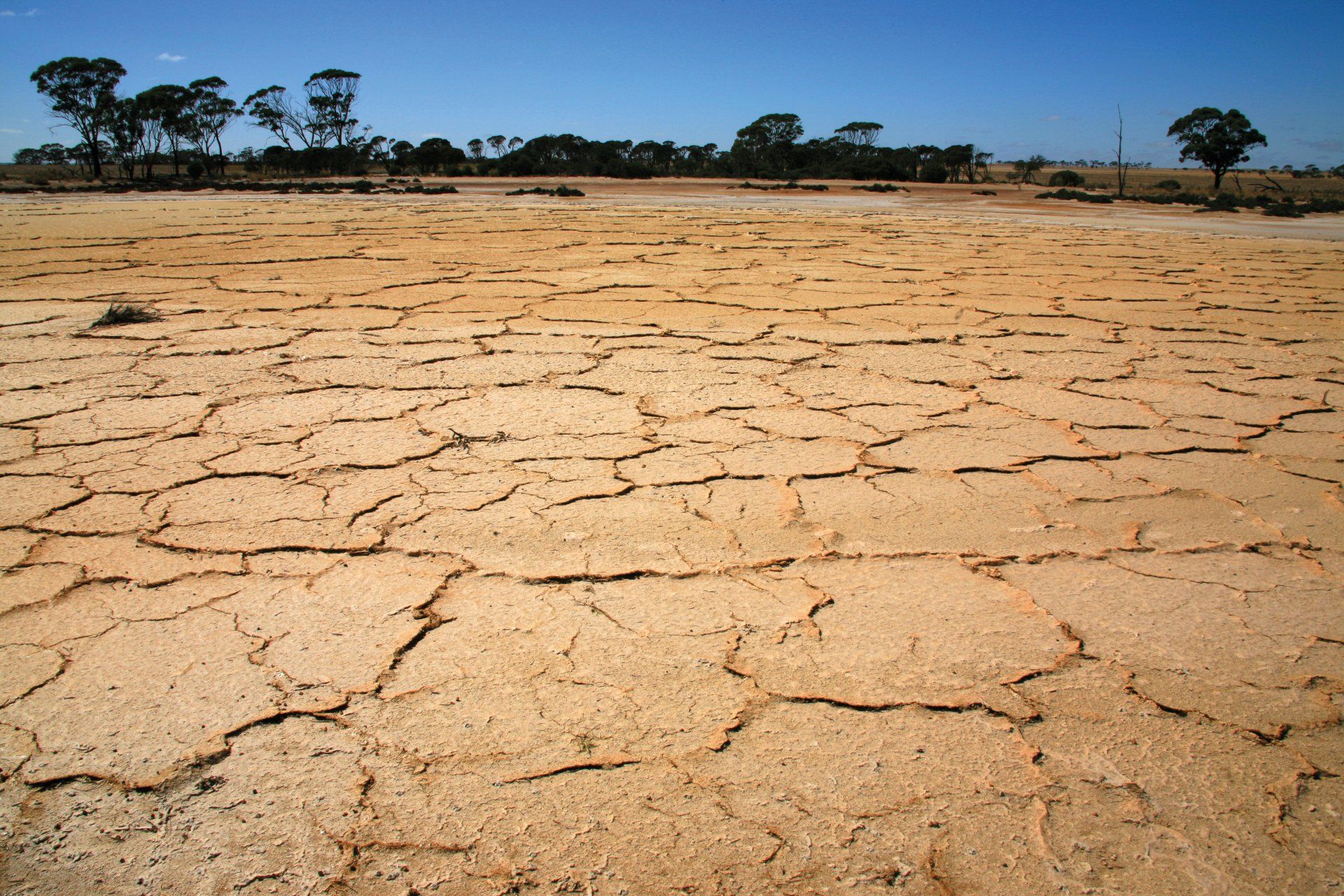Access to Science, Technology, Innovation, Productivity and Profitability for Today’s Forward-Thinking Farmer
Features
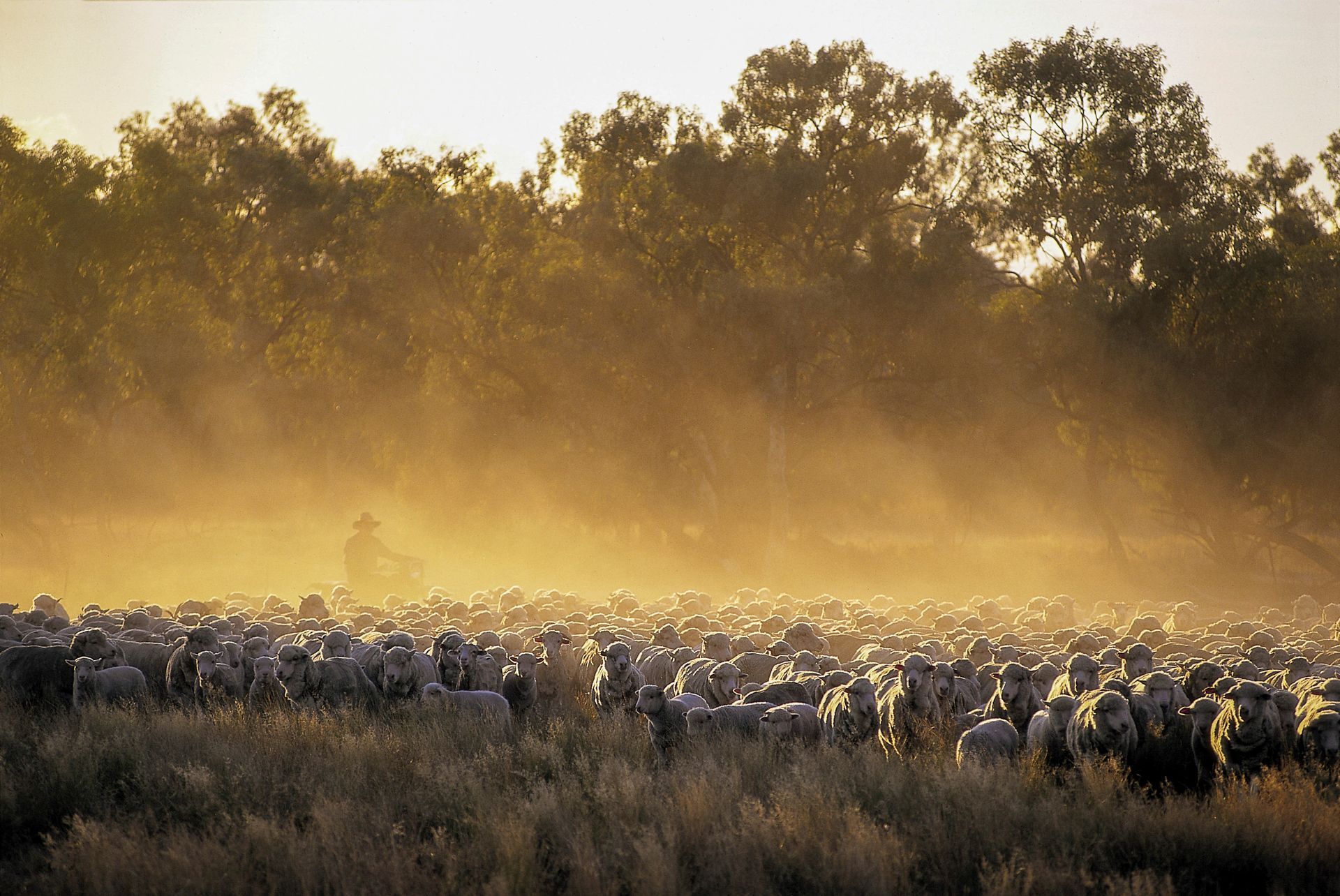
By Rose Lane
•
04 Dec, 2023
As the traditional backbone of Australia's agricultural industry, sheep farming is not without its challenges. When farmers in 1877 first settled in Robe on the coast of South Australia they thought they’d found excellent grazing country. But many animals were doomed to succumb to a condition that became known as “coast disease”. Then in the 1930s, farmers hit upon supplementing the sheep with cobalt; the problem was solved, and the animals thrived.
News & Articles
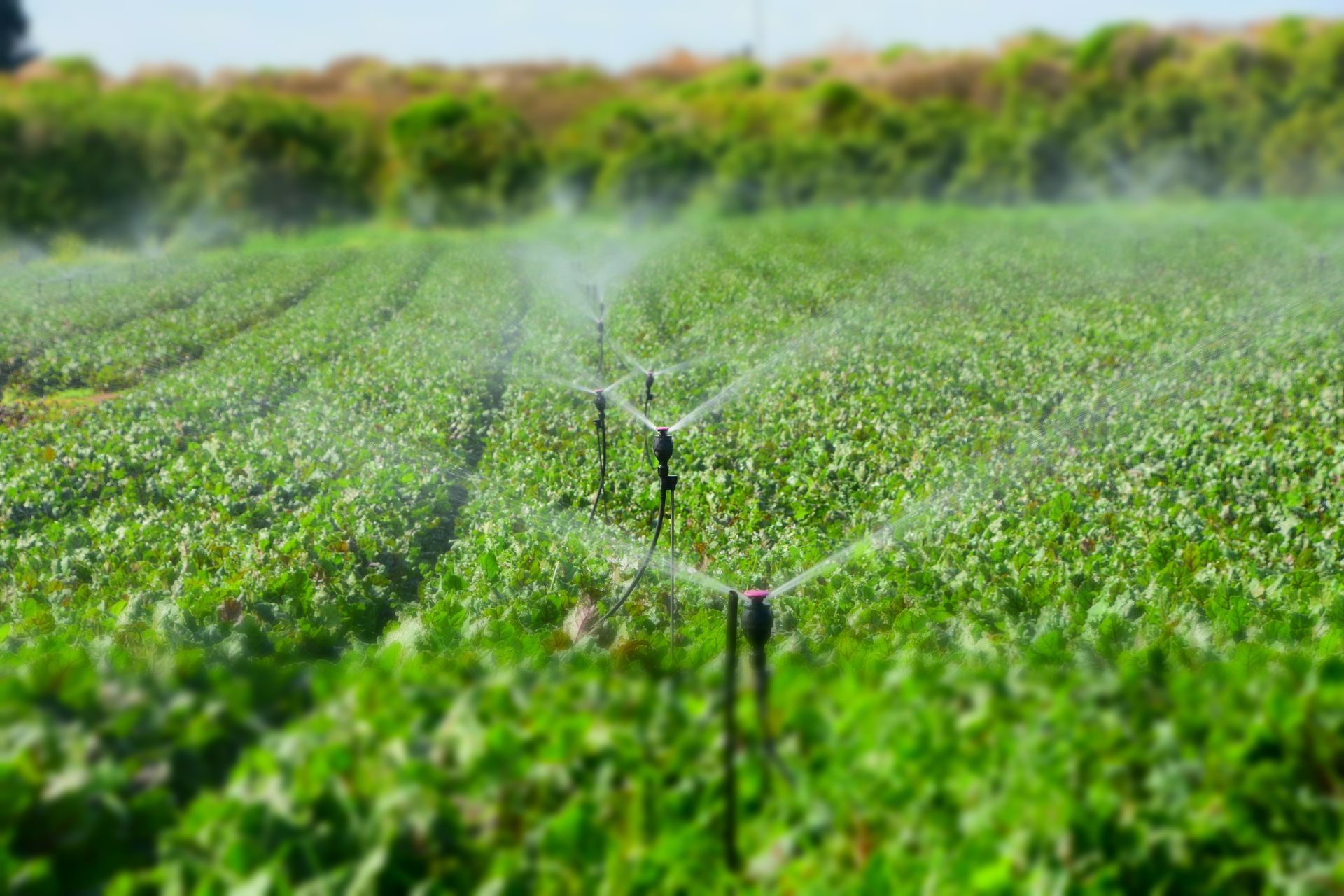
By Jessica Martyn
•
16 Feb, 2024
When it comes to building and maintaining a successful farming business in Australia, implementing the right solutions to deliver and preserve essential resources like fresh water is crucial – and in these ponds, White International is an authority more than 70 years strong.
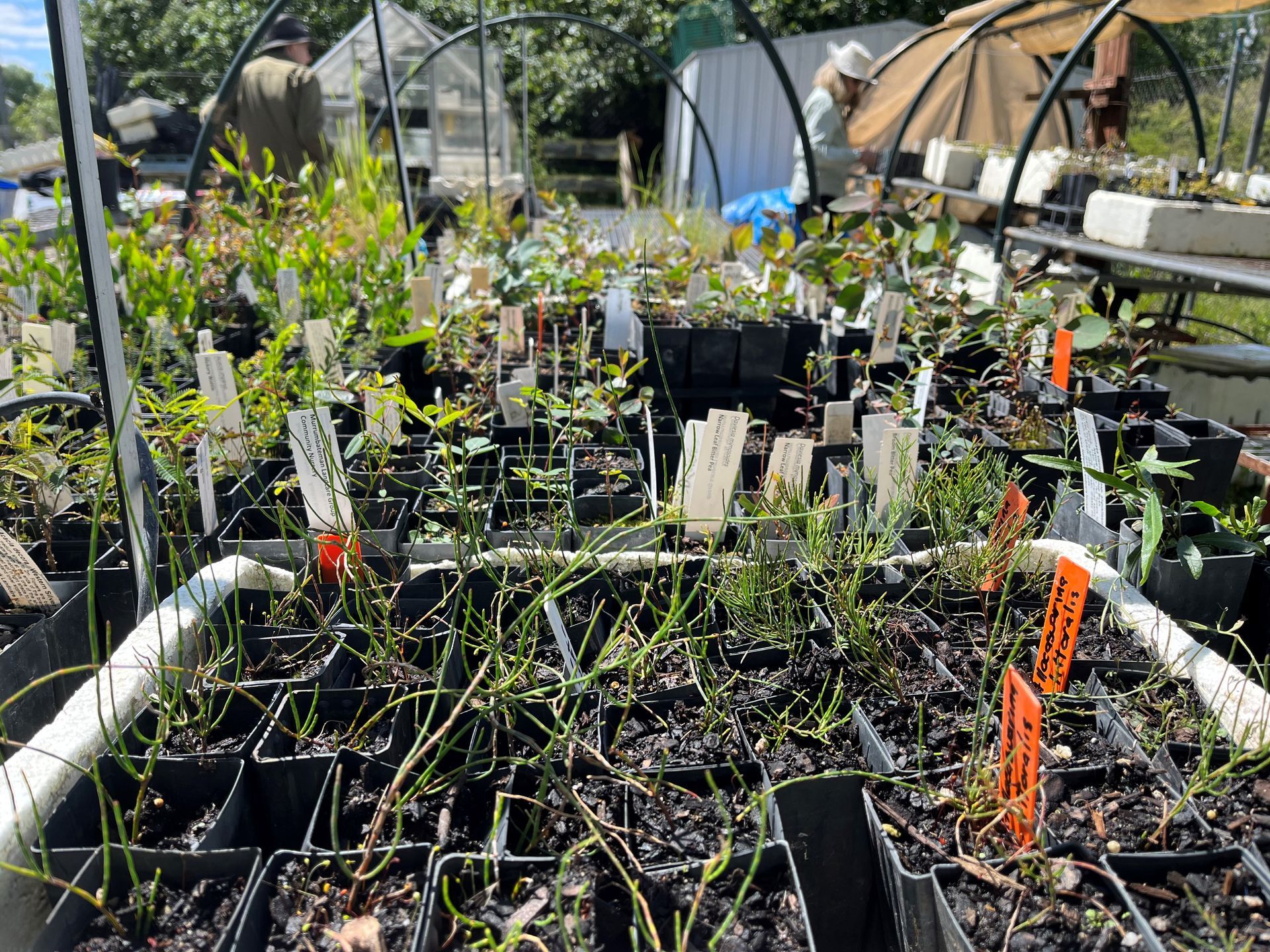
04 Dec, 2023
As a Landcare group, one of our main interests is to increase ecological resilience in our local area. Many of our landscapes have been cleared of vegetation in previous decades, so we have the task of supporting landholders to plant trees and shrubs to replace those that are missing. The benefits of revegetation are manifold. They include providing habitat for a range of native animals; controlling erosion and salinity; increasing farm productivity through nutrient cycling and shade and shelter for stock; and drawing down carbon from the atmosphere. But as weather patterns become more variable and we experience more climatic extremes, we need to think about which plant species – and which plant genetics – are most appropriate in our revegetation efforts. We are forced to ask will our local plantings be able to survive our future climate? Up until recently, it has been common for people to preference locally sourced seed when re-planting. This has been based on the idea that such plants will be best adapted to local conditions. However, there is growing understanding among scientists and land managers that we need to shift our focus to plants that can persist as the climate changes. This involves looking at which plant species are most appropriate by focussing on species that have a wide distribution and grow in our area and also in hotter areas, and increasing the genetic diversity of our tubestock so they have the best potential to adapt over successive generations. Our Landcare group has been tackling this issue for the past several years, working with scientists and AdaptNSW to find the best way forward. There are several key steps involved: understanding our local future climate, analysing whether selected local species can survive in climates like the one projected for our area, and sourcing seed for those likely-to-survive species from a range of areas to increase the genetic diversity of our plantings. Planting the right species with good genetic diversity gives revegetation projects the best chance of survival into the future. It’s not just about making sure the individual tubestock will grow, but that future generations of those plants will be able to survive and thrive. Luckily there are some good resources available for farmers, land managers and groups interested in climate ready revegetation. The Royal Botanic Garden Sydney has launched the Restore and Renew Webtool ( https://www.restore-and-renew.org.au/ ), which is a wonderful way for people to incorporate both climate change and genetic information when sourcing seed or plants. The NSW Niche Finder is invaluable for those who want to dig further into climate variables and species distribution ( http://www.nswnichefinder.net/ ). For future climate information, the CSIRO and Bureau of Meteorology have joined forces to provide a user-friendly online tool ( https://myclimateview.com.au/ ). And AdaptNSW also provides projected climate change information for different regions of the state ( https://www.climatechange.environment.nsw.gov.au/projections-map ). The Yass Area Network of Landcare Groups also has detailed information about our work on climate ready revegetation and relevant resources our website: https://yan.org.au/projects/climate-ready-revegetation-project As the climate changes, our revegetation efforts are more important than ever. And we need to make sure that they are ‘climate ready’ so that their benefits persist well into the future.
TAF Vault (Selected articles from earlier publications)
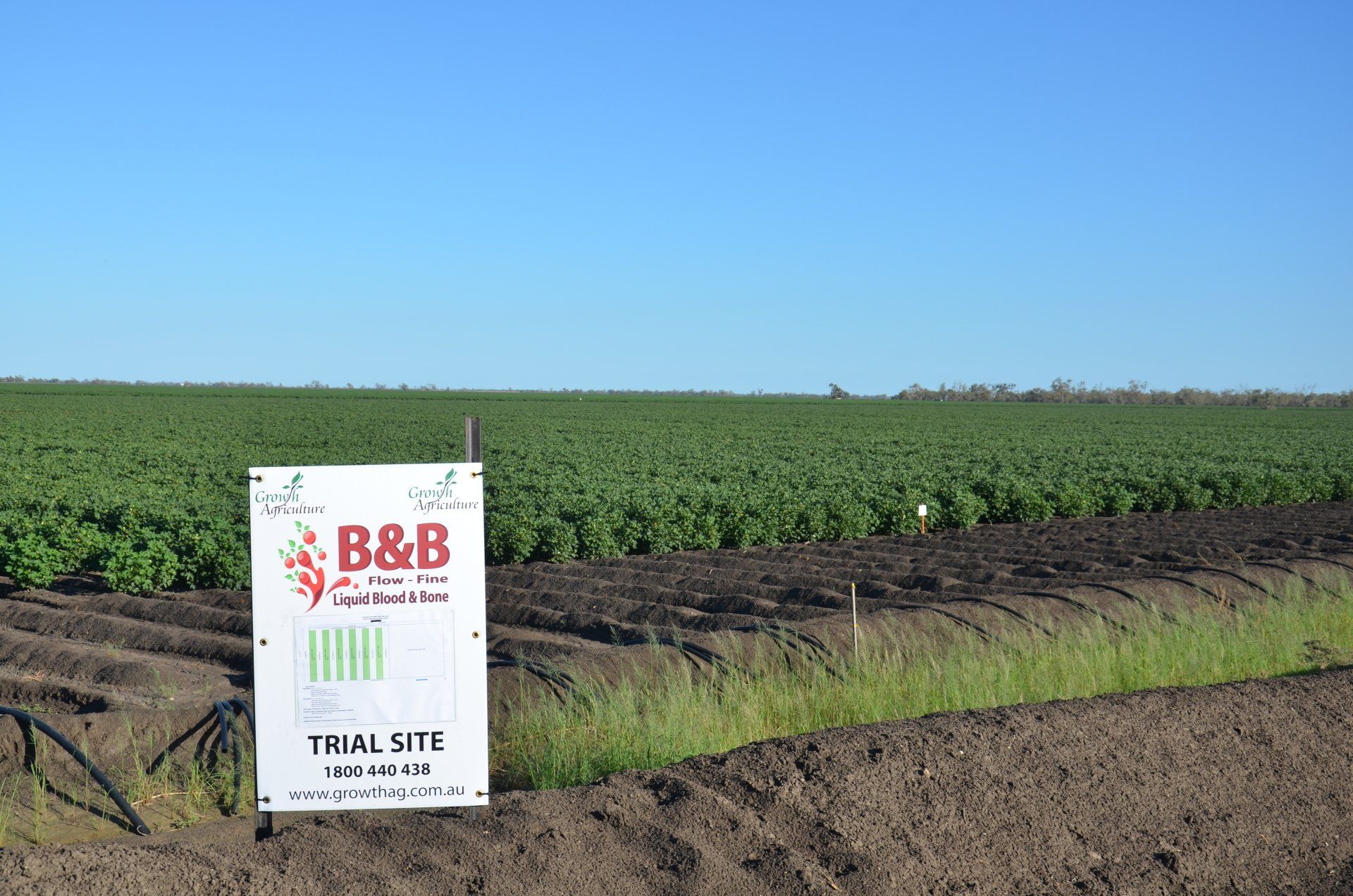
By Staff writers
•
12 May, 2021
Kerry Watts’ family has a history in Australian agriculture that stretches back five generations. This wealth of experience has led him to challenge the accepted mindset regarding chemical applications on crop production and promote an integrated approach to crop management. His company, Growth Agriculture, has developed a unique range of products that allow farmers to maintain a viable enterprise while taking care of the land and environment.
A selection of The Australian Farmer Sponsors - Click on a banner below to find out more...

